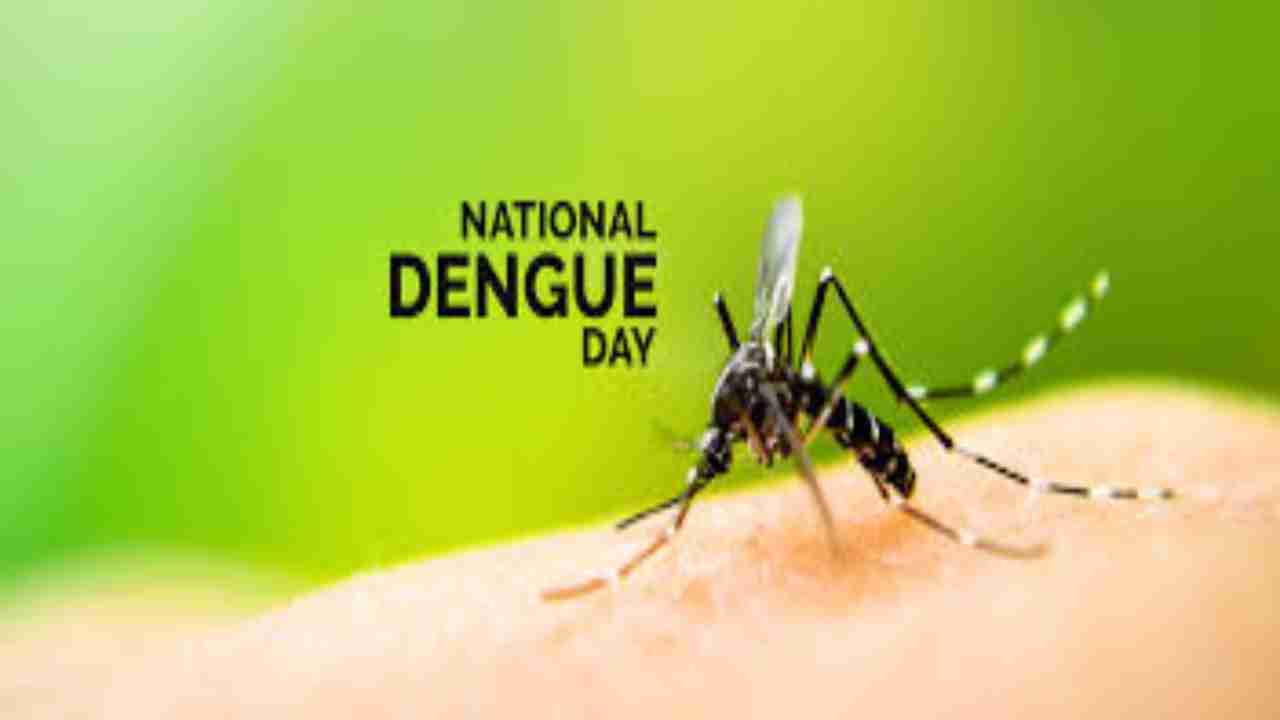National Dengue Day has been marked on 16 May, by the Ministry of Health and Family Welfare, Government of India to highlight the need to prevent the spread of the disease. Dengue is a vector-borne disease that has been a cause for concern in India.
This year, as people are locked inside their houses due to the COVID-19 pandemic, there has been a decrement in the temperature due to less pollution. This drop in temperature is resulting in more breeding of mosquitoes giving rise to mosquito-prone diseases.
Dengue is one of the most life-threatening diseases. Dengue is alone responsible for a large number of deaths each year. Through this day the government tries to make people aware of the various steps to prevent dengue. Many cases of dengue results in the death of the patient. Children are also prone to dengue. Since children have a growing immune system, they are not able to fight the disease effectively which leads to severe complications.
Viral video shows flight attendant killing mosquitoes with bat, IndiGo reacts on the issue
Causes of Dengue:
Dengue fever is caused by any one of four types of dengue viruses spread by mosquitoes that thrive in and near human lodgings. When a mosquito bites a person infected with a dengue virus, the virus enters the mosquito. When the infected mosquito then bites another person, the virus enters that person’s bloodstream.
After you have recovered from dengue fever, you have immunity to the type of virus that infected you but not to the other three dengue fever virus types. The risk of developing severe dengue fever, also known as dengue hemorrhagic fever, increases if you are infected a second, third, or fourth time.
Symptoms of Dengue:
Dengue fever causes a high fever 104 F degrees and at least two of the following symptoms:
- Headache
- Muscle, bone and joint pain
- Nausea
- Vomiting
- Pain behind the eyes
- Swollen glands
- Rash
Symptoms of dengue hemorrhagic fever or severe dengue, a life-threatening emergency include:
- Severe abdominal pain
- Persistent vomiting
- Bleeding from your gums or nose
- Blood in your urine, stools or vomit
- Bleeding under the skin, which might look like bruising
- Difficult or rapid breathing
- Cold or clammy skin (shock)
- Fatigue
- Irritability or restlessness
Prevention from Dengue:
- Stay in air-conditioned or well-screened housing: The mosquitoes that carry the dengue viruses are most active from dawn to dusk, but they can also bite at night.
- Wear protective clothing: When you go into mosquito-infested areas, wear a long-sleeved shirt, long pants, socks, and shoes.
- Use mosquito repellent: Permethrin can be applied to your clothing, shoes, camping gear, and bed netting. You can also buy clothing made with permethrin already in it. For your skin, use a repellent containing at least a 10 percent concentration of DEET.
- Reduce mosquito habitat: The mosquitoes that carry the dengue virus typically live in and around houses, breeding in standing water that can collect in such things as used automobile tires. You can help lower mosquito populations by eliminating habitats where they lay their eggs. At least once a week, empty and clean containers that hold standing water, such as planting containers, animal dishes, and flower vases. Keep standing water containers covered between cleanings.
Diagnosis of Dengue:
If you suspect you have dengue, you need to get two tests done.
- Initial test: IgM and IgG tests detect dengue in the initial stages of infection, but since they throw up false positive and false negative results, a confirmatory test is needed. A positive IgG but a low or negative IgM, for example, indicates past dengue infection.
- Confirmatory test: The NS1 Elisa-based antigen test is done after three days after symptoms — fever body ache, headache, or nausea – appear.
- Platelets count: Platelets help the blood clot and stop bleeding. Very low levels – the normal range is between 150,000 and 450,000 platelets per microlitre of blood lead to internal bleeding and shock, which results in death from multi-organ failure.
(This is for an informative purpose and should not be substituted for medical advice. Kindly consult your doctor before trying any tips.)


















